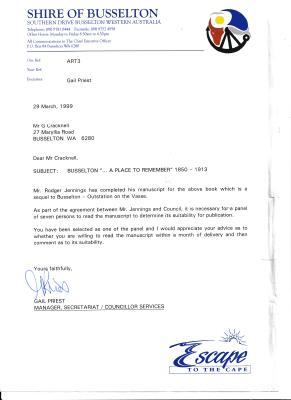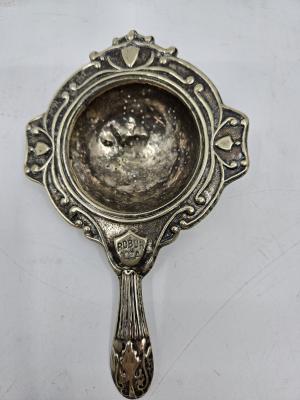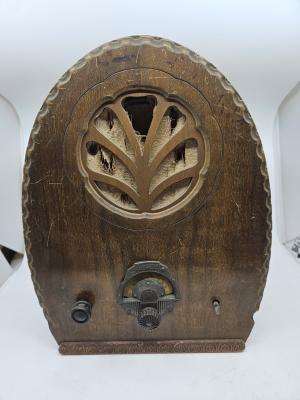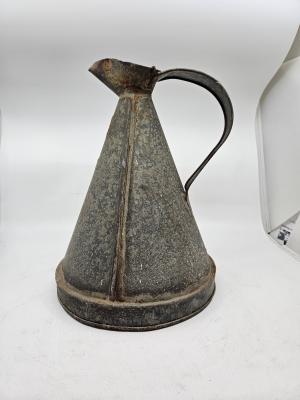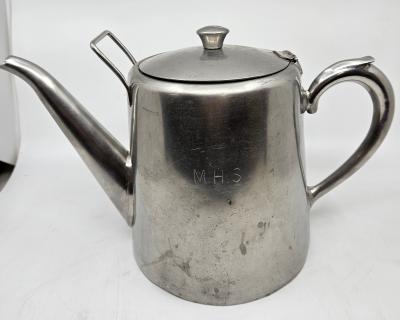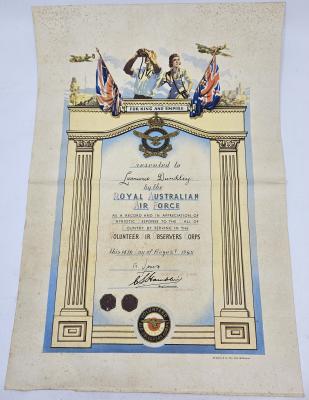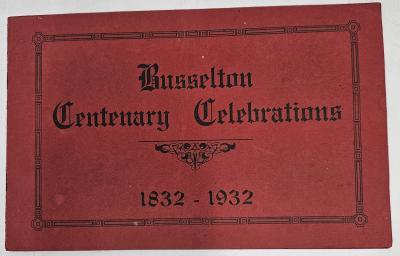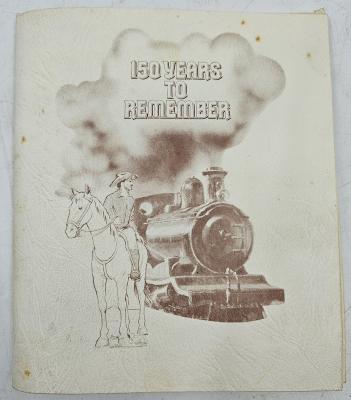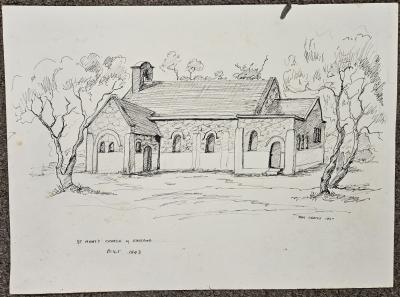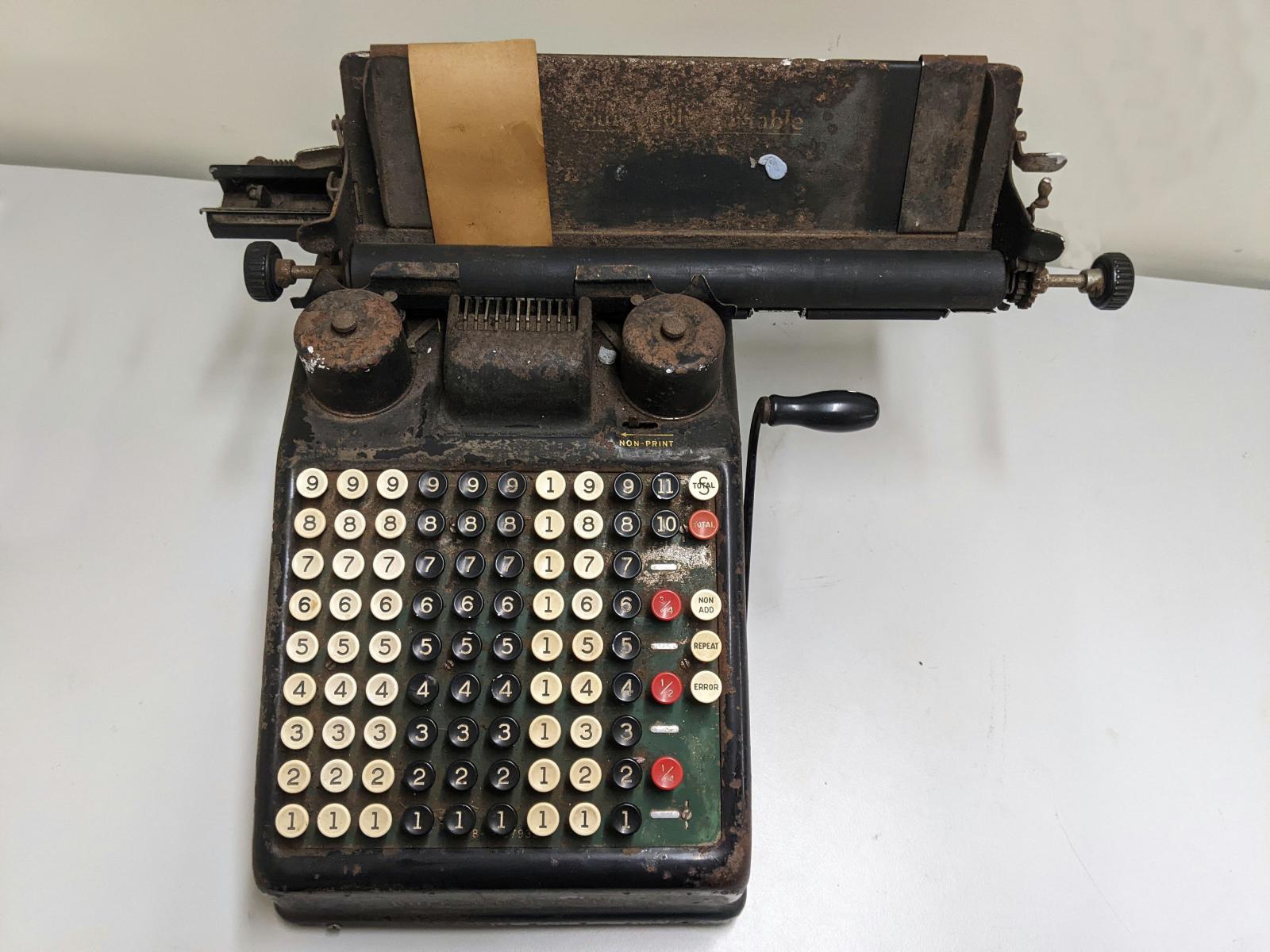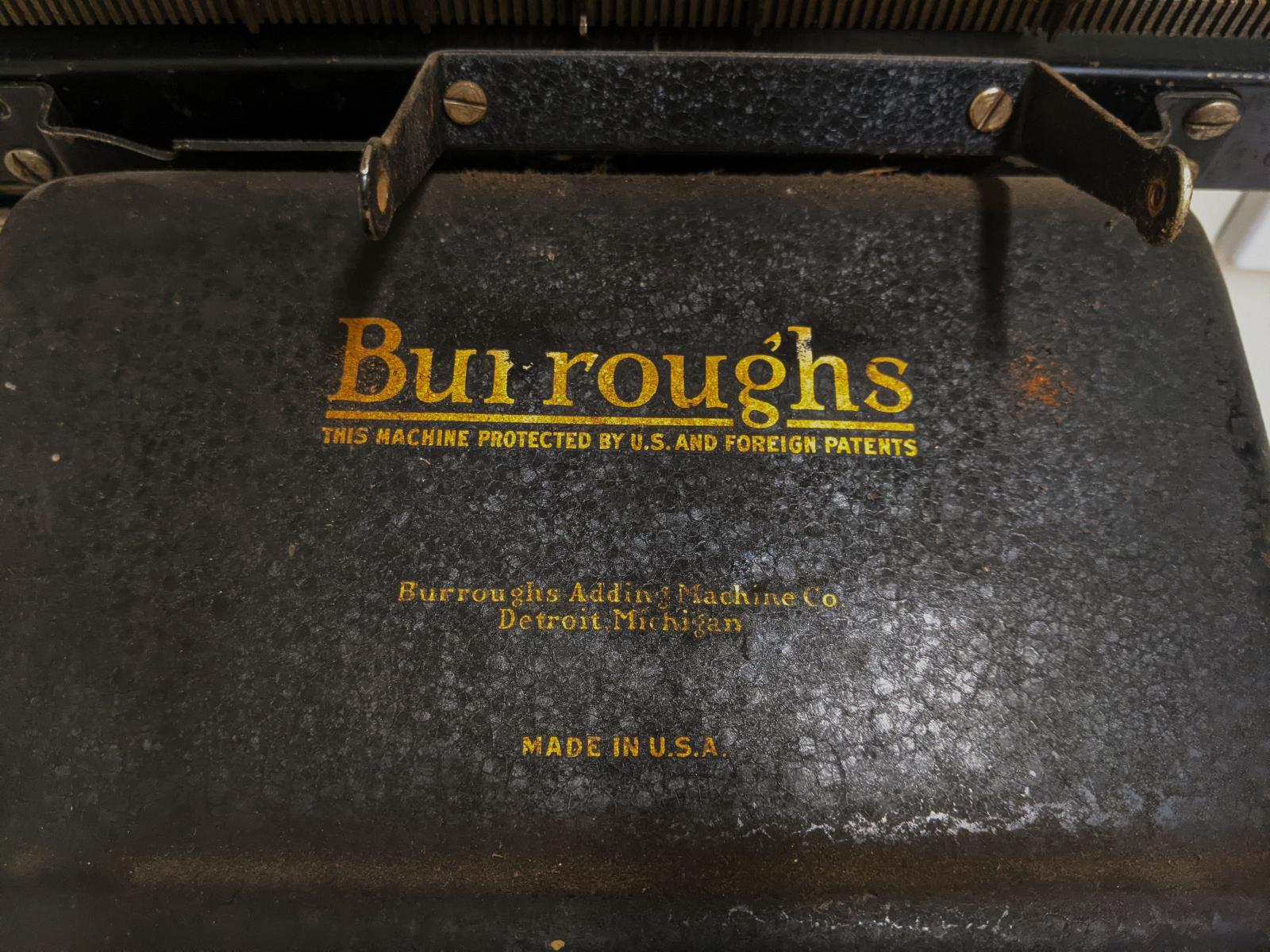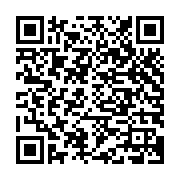Adding Machine - Burroughs Portable
1927The Burroughs Portable is hand-driven via a crank on the right-hand side.
The Class 8, the basic adder, is black in colour with a green keyboard base plate. It has round keytops and did not have any subtract capability. It uses an all-black ribbon, was first released in hand operated models only and only adds, does not subtract. It has subtotal and total keys, non-add, repeat and fraction keys (3/4, 1/2, 1/4) and error-correct key. It has a 9-column full keyboard plus keys for total, subtotal, non-add, repeat (for multiplication) and Error (cleared the keyboard.) The printer has a wide carriage with a paper length setting and an end of page bell.
Simple adding machines that printed on a paper tape were introduced around 1872. Later models replaced the cranks with electric motors.
Details
Details
Markings: Gold coloured decal on front: Burroughs Portable;
gold coloured decal on back:
Burroughs
THIS MACHINE PROTECTED BY U.S. AND FOREIGN PATENTS
Burroughs Adding Machine Co
Detroit Michigan
MADE IN THE U.S.A.
Serial No. Stamped on keyboard, front and centre, under bottom row of numbers: 8-1187935. This number indicates a Class 8 machine.
The number was entered on the keyboard and the crank was pulled to print the number on the tape and add the number to the running total. When the user needed the running subtotal, the Subtotal key was held while the arm was cranked. The Total key was held to produce a final sum which also cleared the machine.
To add a new list of numbers and arrive at a total, the user was first required to "ZERO" the machine. Then, to add sets of numbers, the user was required to press numbered keys on a keyboard, which would remain depressed (rather than immediately rebound like the keys of a computer keyboard or typewriter or the buttons of a typical modern machine). The user would then pull the crank, which caused the numbers to be shown, and the keys to be released (i.e., to pop back up) in preparation for the next input. Keyboards typically did not have or need 0 (zero) keys; one simply did not press any key in the column containing a zero.
To see the total the user was required to press a Total key and the machine would print the result on a paper tape, release the locked down keys, reset the adding mechanism to zero and tabulate it back to its home position.
Other items from Busselton Historical Society
- Manuscript - "Busselton A Place To Remember" by R Jennings
- Robur Tea Strainer
- Airzone Valve Radio
- Galvanised jug
- Tea Pot
- University of Adelaide Medical and Dental Certificates Book
- Farmall A-1 Tractor
- RAAF Volunteer Air Observers Corps - Certificate of Appreciation (L Dunkley)
- Busselton Centenary Celebrations Programme 1832-1932
- Official Opening of the New portions of the Busselton Jetty - Souvenir Programme
- 150 Years to Remember Souvenir booklet and recording
- Sketches by Mavis Lightly
